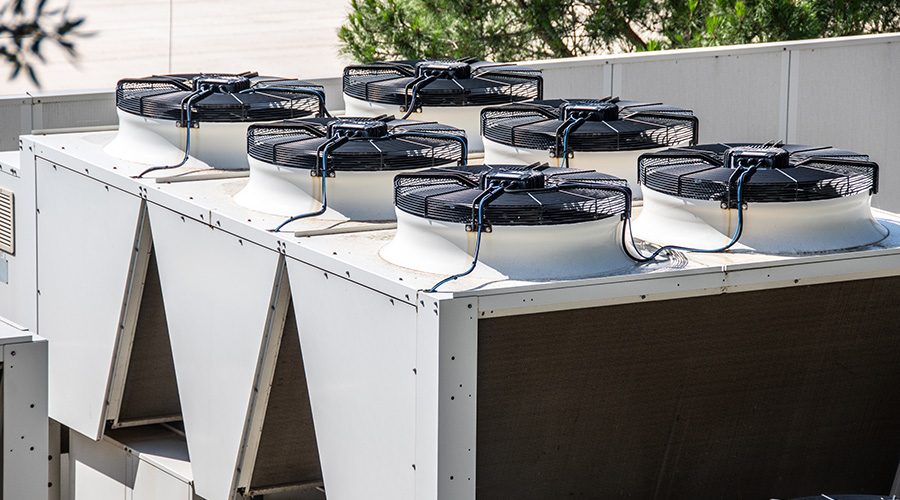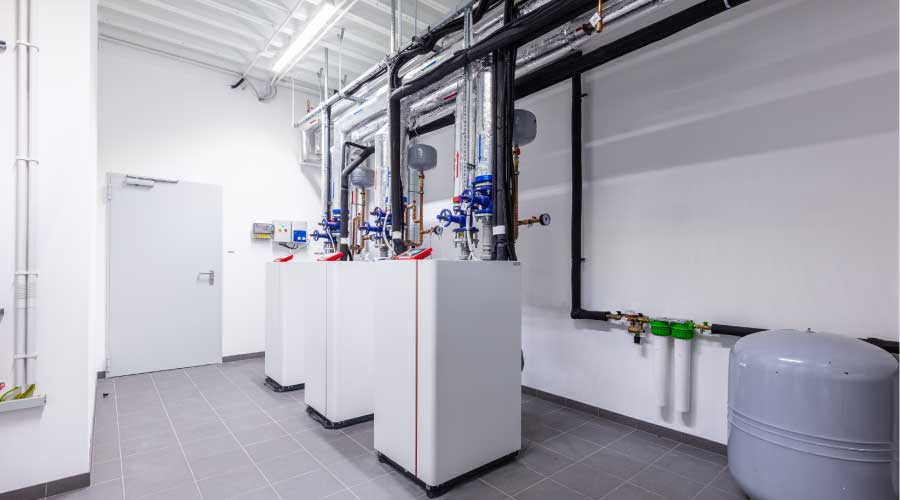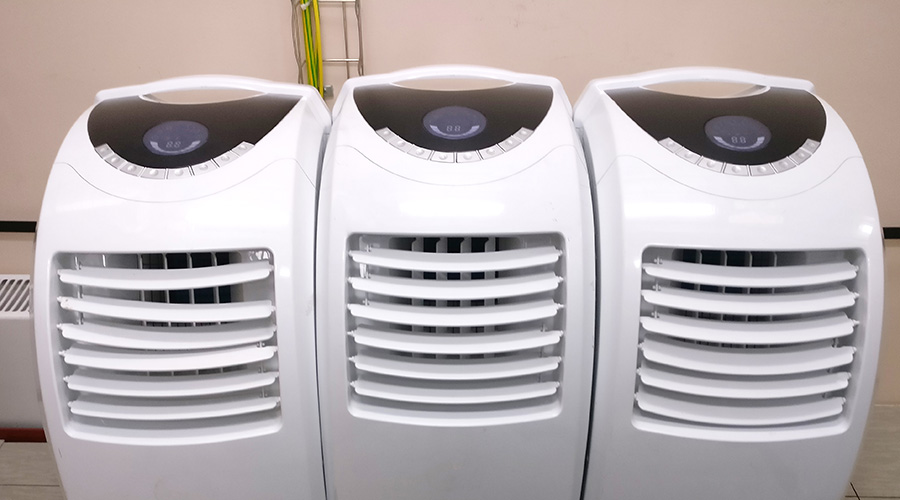Boilers: Perform Annual or Biannual Cleaning and Inspection
Another important maintenance task is the boiler's annual or biannual cleaning and inspection. Any accumulation of soot or ash on the boiler's fire-side surfaces reduces heat-transfer rates and decreases operating efficiency.
For example, even a barely visible accumulation of soot can reduce efficiency by up to 10 percent. If the soot accumulates for several years without a cleaning, it is common to find efficiency has declined by 20 percent or more.
Cleaning the boiler's water side is an important task. Large boilers typically require annual cleaning. Technicians should monitor smaller boilers, test them regularly, and clean them as needed.
Managers typically schedule annual cleanings to coordinate with the boiler's annual inspection, at least one month before the start of the heating season. In addition to improving boiler efficiency, annual cleaning and inspection gives managers the opportunity to identify developing problems that otherwise might go undetected.
Related Topics:
















